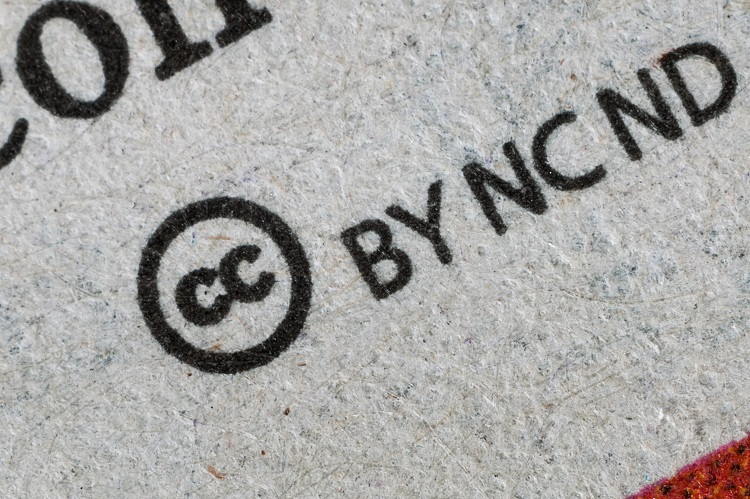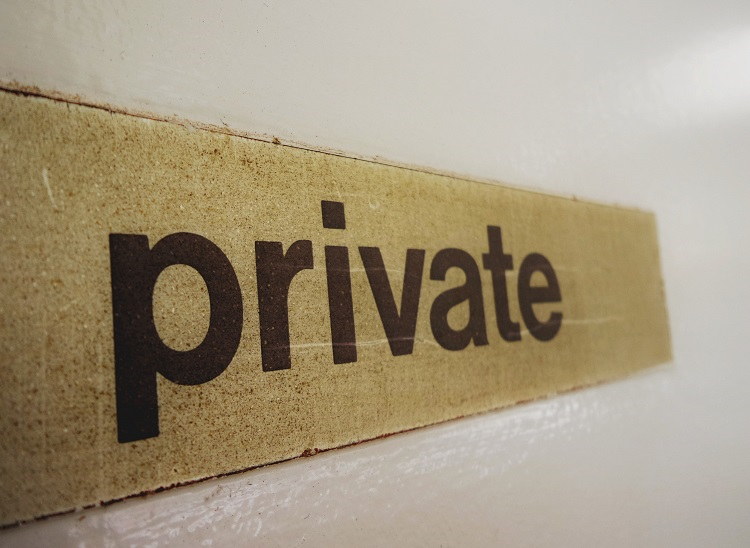Copyright gives legal protection for original work whether it was recorded, written, or captured in any way. Art, music, literature, research results, blogs, and more are protected by copyrights. Companies produce their original work on a daily basis in the form of documents and information, and they also use documents and information owned by other entities. Due to the fast pace of work, employees share copyrighted materials through various means such as emails, presentations, and sales pitches among others.
However, they may unknowingly share copyrighted content that they are not authorized to. Such incidents can expose your company to the risk of copyright infringement. That’s why it is essential to draft a copyright policy to protect your original work while raising the employees’ awareness of copyrights. Follow these steps to come up with an effective copyright policy for your business.

Preparation
In most businesses, there are legal, compliance, and library/information services experts or departments. Ask those experts for their input in the policy, as they may address some issues that need refining. You can also expand the input by including IT, corporate communications, and marketing teams. After consulting the experts, you must set a clear objective for the copyright policy and what it should do.
For example, it will address copyright issues and assist employees in handling these issues, or to fulfill your company’s obligations under copyright law. After setting the objective, you should define the meaning of copyrights to your business, and include information about what is copyrighted and what is not in the country you operate in. The definition of copyrights is more or less the same in most countries as it usually includes the following types of works:
- Literature: including books, journals, emails, magazines, newspapers, memos, cartoons, and any literature work in print or digital format.
- Audiovisual Works: including motion pictures, presentations, slideshows, and any type of work that combines auditory and visual effects.
- Sound Recordings: which are recorded or performed on discs, records, podcasts, songs, or any other media.
- Computer Software: including apps, downloaded or disc-installed programs.
- Pictorial, Graphics, and Sculptures: including artwork, maps, and graphical content in print or digital format.
- Dramatic Works: such as plays or screenplays however they are performed or displayed.
- Architectural Works: such as buildings.
Application
You should put into consideration the international regulations and treaties such as the Berne Convention along with the national laws of the country your business operates in while drafting your copyrights’ policy.
If your business operates in different countries, the Orange County-based copyright lawyers at https://www.camutilaw.com/copyright explain that you should provide your international employees with information to ensure that they are complying with the laws of their country.
The policy should provide useful guidelines for the use of your company’s copyrighted materials while advising the right course of action in handling copyright infringement. Additionally, the policy should raise their awareness of what is copyright-protected and what is not, as the absence of the copyright symbol doesn’t mean it isn’t copyright-protected.
There should be a contact person who will be responsible for answering any questions related to copyrights to clarify any misunderstandings the employees may have and guide the employees to refer to the contact when they are not sure what to do.
Communication
It is essential to inform all of the employees of the copyright policy and conduct regular meetings to evaluate and review its effectiveness. The policy should be shared with the employees through emails, meetings, and the company’s network. To ensure that the copyright policy is conveyed to every employee, include it in welcome kits for new employees and in training materials.
You can also post it near the photocopy machines, printers, bulletin boards, the company’s website, the common room, and any other area that can be visible to the employees. Regularly check compliance with the copyright policy through audits or other mechanisms to ensure that it is effective, and to evaluate its effectiveness and update it if necessary.

Copyrights rules and regulations should be known to everyone in any business to avoid copyright infringement or taking necessary actions when they find the company’s work used illegally. It is a sensitive issue as some people are unaware of what is copyright-protected which leads to bigger issues.
You have to work on your company’s copyright policy with the help of experts from different departments to ensure that your employees will stay in compliance with copyright rules. Make sure to inform every employee of the policy and evaluate it after reviewing its effectiveness.



















